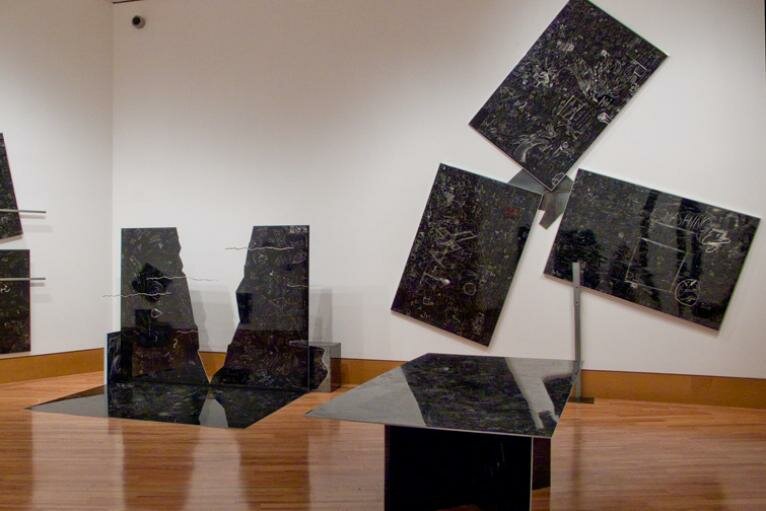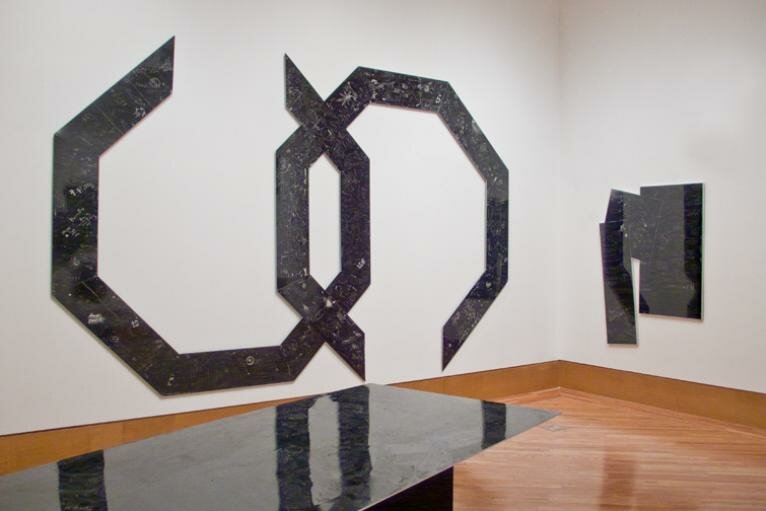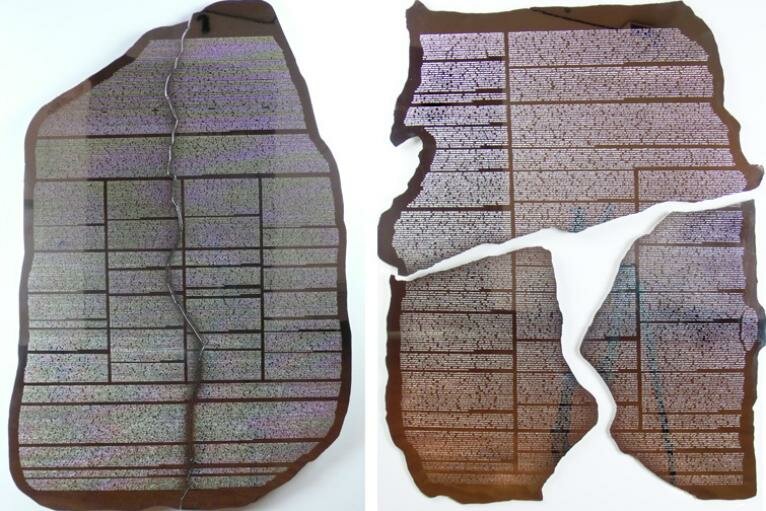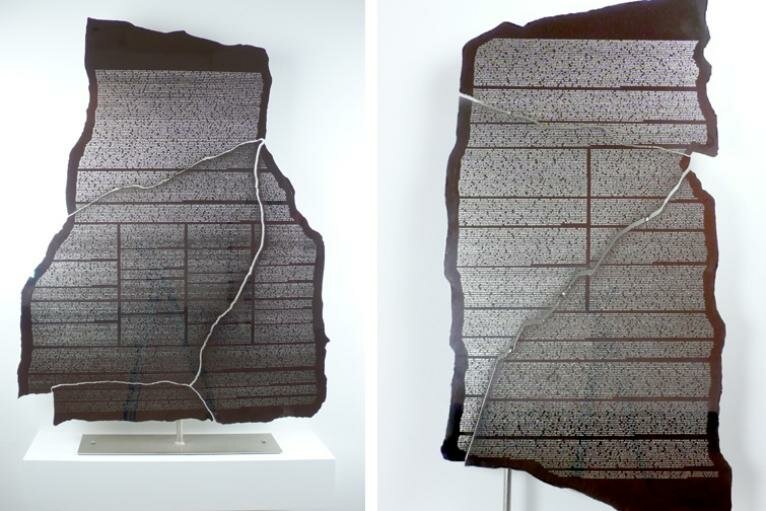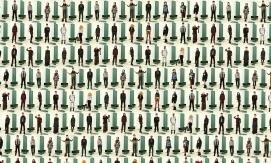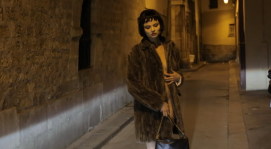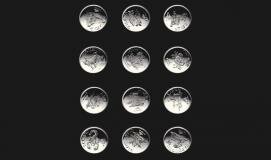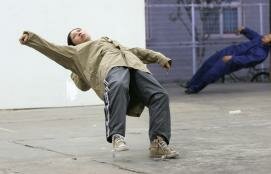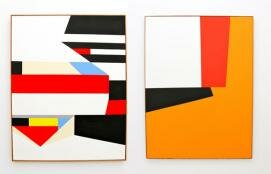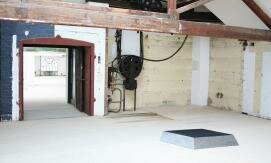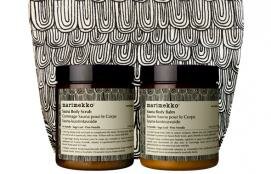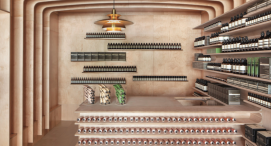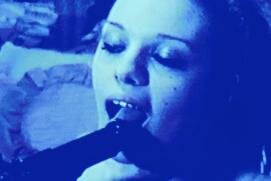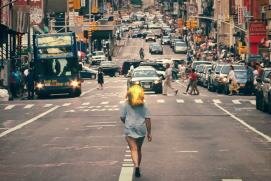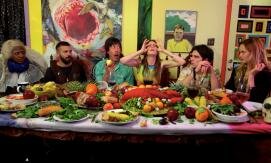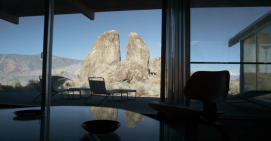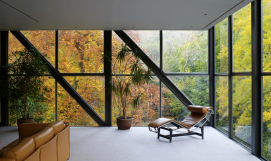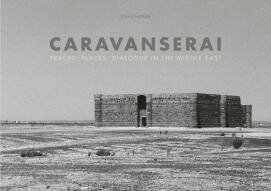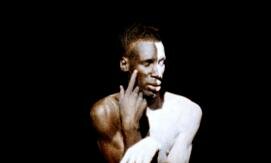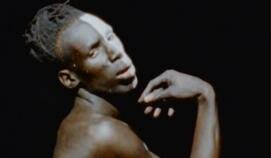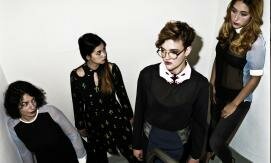- 1
- 2
- next ›
- last »
Michael Genovese pays homage to his institutional background when speaking about his vision as a visual artist. The Chicago native has had work on show at some of the leading museums in the States and when you consider this, it is not difficult to see how he made the transition into the contemporary gallery scene. Personally, I recall his exhibition entitled "It's Not The Heat, It's The Humility" in 2009 at OHWOW, which really showcased the artists progressive nature and ability to connect with collective experiences, be it social or existential. His work is about archives, permanence, and the designation of value while his concern with materiality, and the treatment of his chosen media, furthers the investigation of worth. This unique attention to a creative process which leaves no rock unturned makes for one to be appreciated on all levels and one that will make Genovese a name that will be talked about for years to come.
James Oliver: What inspired you to become a visual artist and what are your first memories of expressing your thoughts through art?
Michael Genovese: I did a residency at the Museum of Contemporary Art Chicago a few years back ("Institutionalized", Museum of Contemporary Art Chicago, 2008) that gave me the resources to sort my "out of art" experiences within the context of Contemporary Art. Prior to that, I was clueless as to where I was going and what it meant to BE a visual artist. The experience of being immersed in the museum's culture while being put on display for the public to make sense of, turned me on.
A good first memory was watching a piece by Joseph Kosuth come down ("No Number #6 (On Color, Blue, 1991) that read " I am only describing language, not explaining anything," in place of my yet to be made painting. I chose to work within his statement for the piece and created a large exterior sign-like wall construction with hand painted text that was from a Zora Neale Hurston quote " All my skin folk, ain't all my kin folk." The painting was in the style of Mexican Black Lettering, inspired by Kerry James Marshall's, Souvenir I, (1997) and make shift signs I was studying in Mexico. During the time it was on display, I rotated paintings on the face of it that had the quote translated in 7 different languages by museum visitors and staff. The piece took on different meanings while staying rooted in concept as the language changed and morphed.
JO: What is the core philosophy behind your work?
MG: I give the bad ideas as much love as the ones I can live with. When I'm set on something, I obsessively go through the motions of trying to make the best out of it. I find value in the performance of labor at the crux of failure.
JO: How has your style of work evolved over time, since you first became an artist?
MG: How I handle my work has changed. It's become more layered. I question how I can make something that may be over looked or looked at too hard, possess a different value. Re-contextualizing and displacement.
JO: You come from an institutional background, doing work at museums in Chicago as well as public art projects. What part has this played in your evolution as an artist and to where you are now?
MG: I'm into people outside of the system getting involved in aspects of the process in my work. I learn vicariously from the pedestrian factor, it's an unedited alive experience that allows for a wider range of content for me.
JO: How did you transform those years of public experience to moving into the gallery setting?
MG: I brought a public aspect into the fold of my process of making. What was interesting to me about working outside of the studio was, and still is, the experience; not the finished objects or environment.
JO: What inspires you on a daily basis and how do you transform this into your work?
MG: I try and stay aware and curious of simple things. I start with something simple that moves me. It can be a hair left in the bath tub when I'm alone, how light bleeds on to the wall through the blinds at dusk, or crack in the ceiling found before going to sleep. I find those moments and complicate them by piling on metaphorical meanings and history, then I trim it down into something that's palatable and agrees with me.
JO: You currently have an exhibition up at the Frost Art Museum, can you tell me about the concept of the works?
MG: P.S.-P.P.S is a rotating exhibition at the Frost Art Museum that is exhibiting participatory focused work and my response to it. The first show combines the unedited commentary created on the campus of Florida International University (and its surrounding area) through graffito drawing with themes that range from Stereotypes to Faith. It's the result of works created during my tenure as artist-in-residence that included the community in the making of a physical and virtual archive of the zeitgeist of students. It was presented in silhouettes that echoed some artists work I was studying like Frederick Kiesler, Marcel Broodthaers and pieces in the Frost's permanent collection by David Hockney, Louise Nevelson, Ad Reinhardt and Robert Indiana. The surfaces unraveled a dialogue that discussed sociopolitical and economic concerns and solutions, expressive memes and internet language like Pedo Bear hanging out with Freddie Mercury's sign of hope and the notorious upside table.
P.P.S is a series of studio work where the transcriptions from the plates are engraved into fractured mirror polished metal that reference silhouettes of ancient relics of civilization. Engraving the text is rooted in the performance of being a scribe. The text is translated into local languages from where they were made and written in columns to the point of illegibility. Other works include FF'12 a collage made from researching the theme of Gender. It includes a printed screenshot from the Something in the way she moves music video, torn pages from the book You Must Relax, a Breath Right Strip and a polished piece of steel. The show ends with Double Day, a 13' piece of fragmented mirrored steel that is the positive relief of a wall crack.
JO: What do you consider pushes artists to achieve in the gallery setting, is there a certain appeal?
MG: It's a platform and support system for new ideas and an opportunity to make some money.
JO: What ambitions do you have for the future of your work?
MG: I am putting together my first book that'll be of work that was made between 2008-2012.
JO: Finally, where is home for you and what is the best thing about the city?
MG: I'm in transition to moving to Los Angeles right now, which I know very little about.
Works:
P.S., Frost Art Museum, Installation view, 2012
P.S., Frost Art Museum, Installation view, 2012
Tableaux #3, Hand engraved aluminum with mirror polished nickel plating , (2 parts) 35 X 26 inches
Tableaux #10, Hand engraved aluminum with mirror polished nickel plating, (3 parts) 32 X 26 inches
Tableaux #11, Hand engraved aluminum with mirror polished nickel plating,(3 parts w/ artist designed nickeled steel armature) 41 X 33 inches
Tableaux #13, Hand engraved aluminum with mirror polished nickel plating, (3 parts w/ artist designed nickeled steel armature) 36 X 21 inches
James Oliver
Photographer - Patricia and Phillip Frost/Sabrina Granados

end








